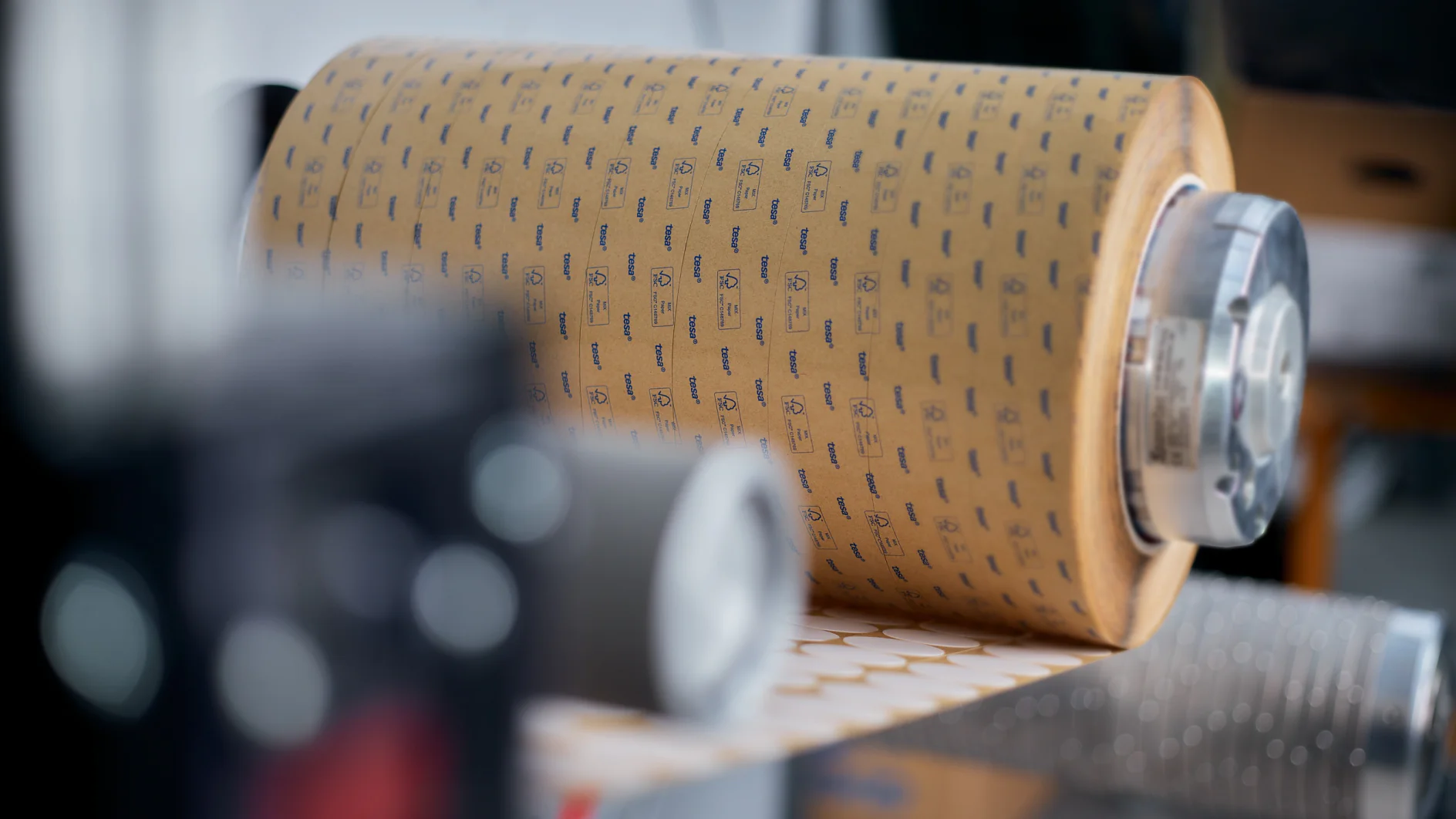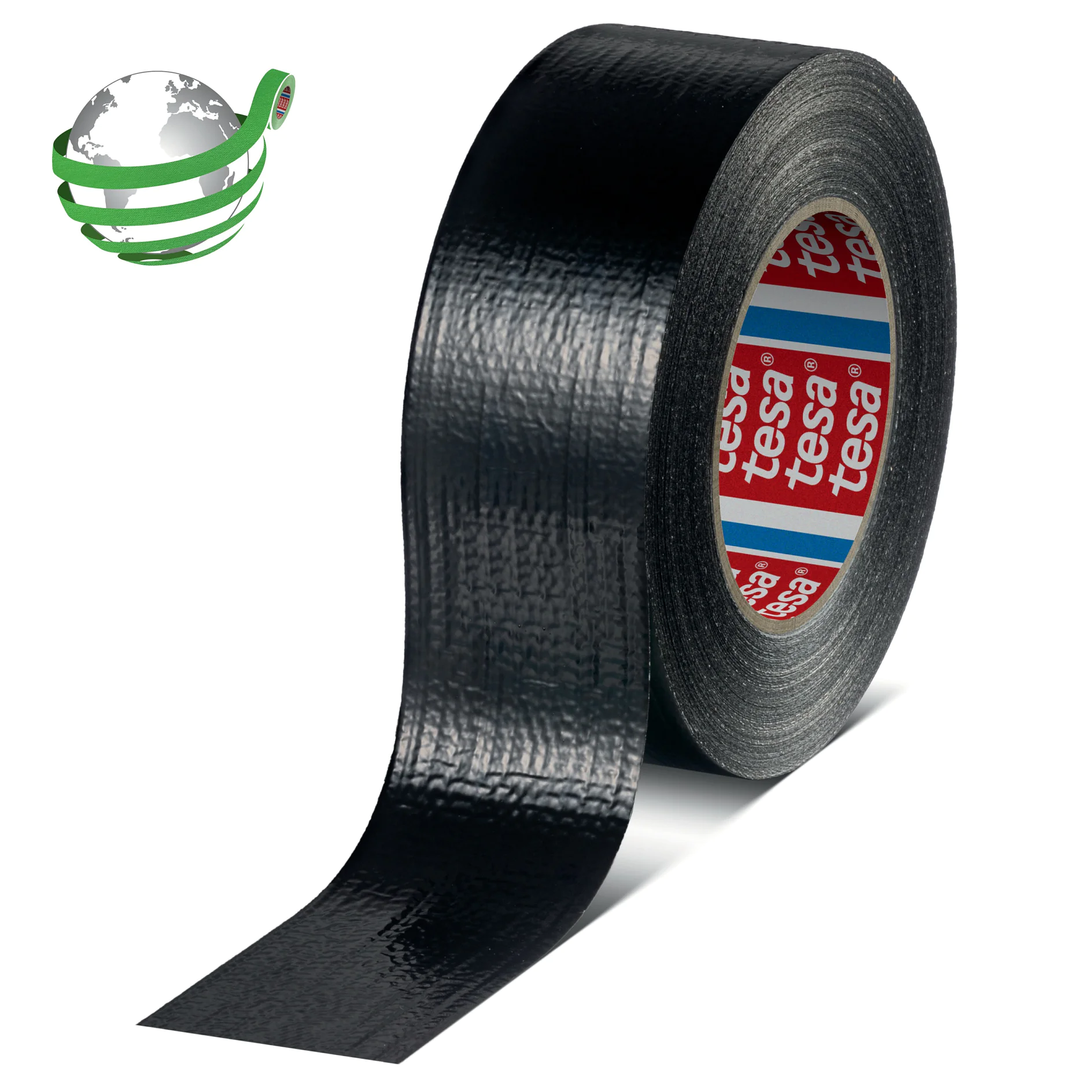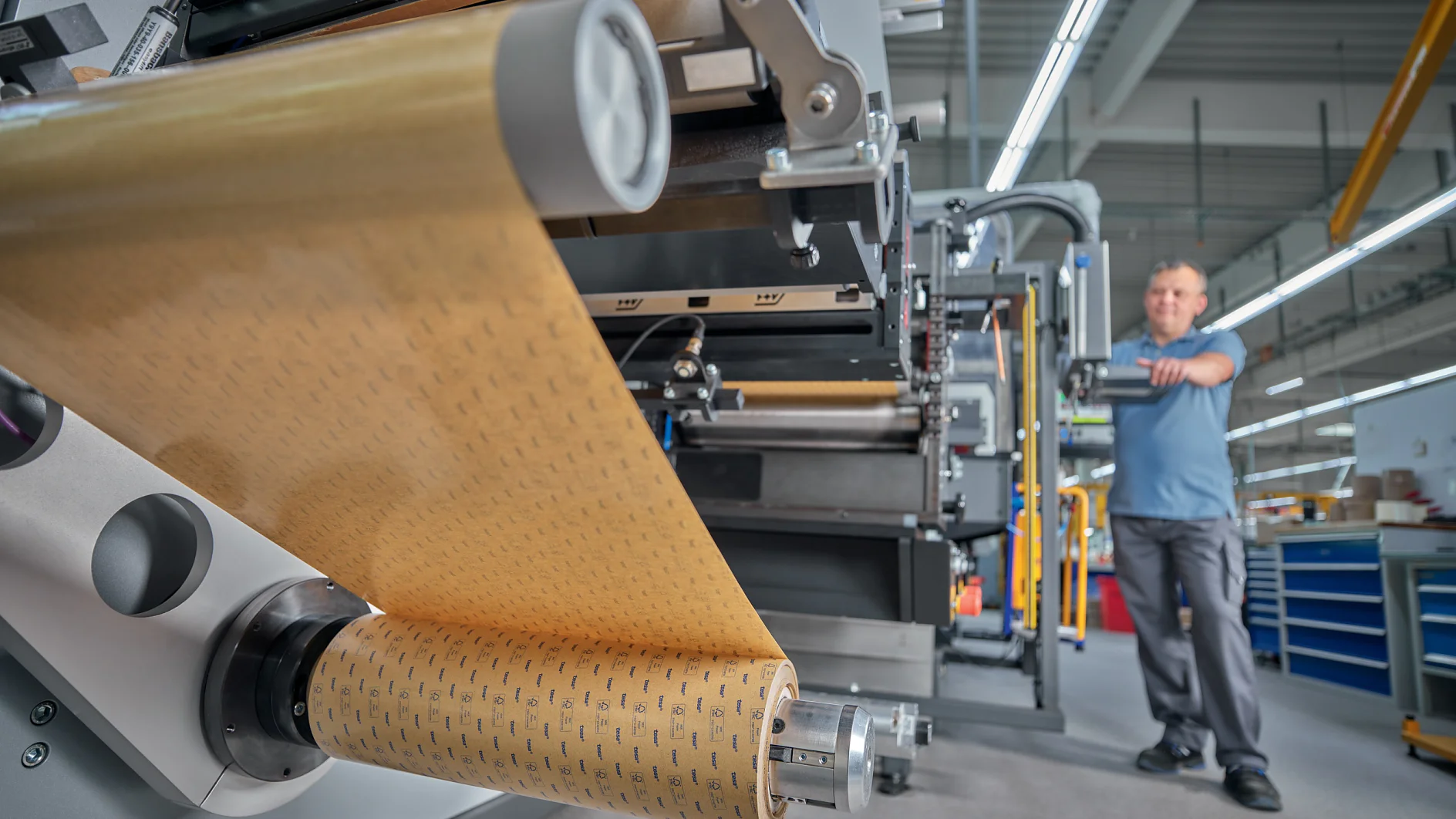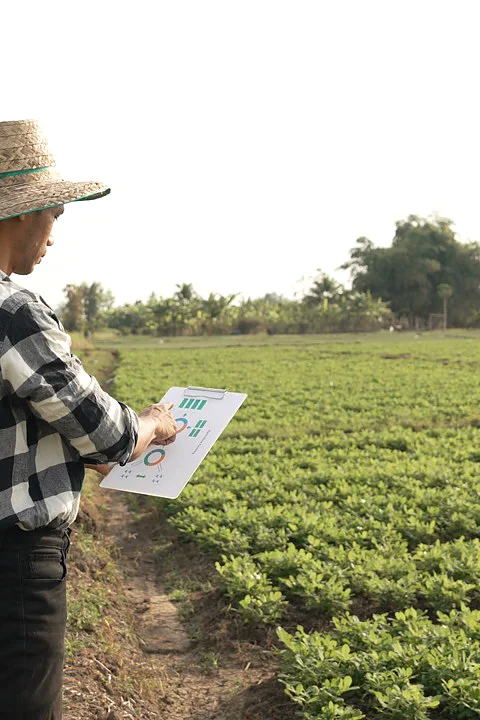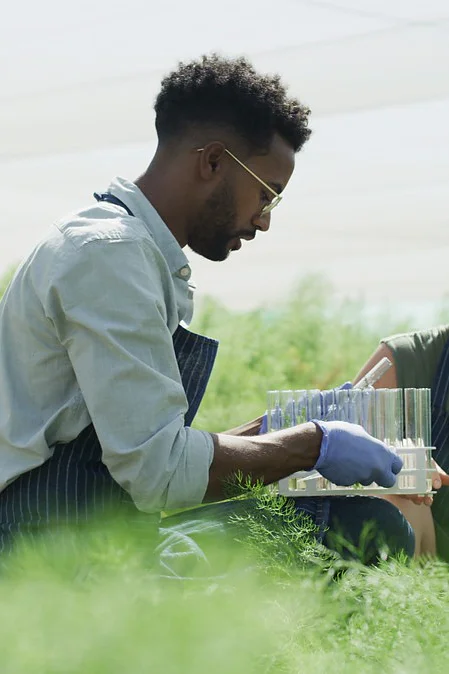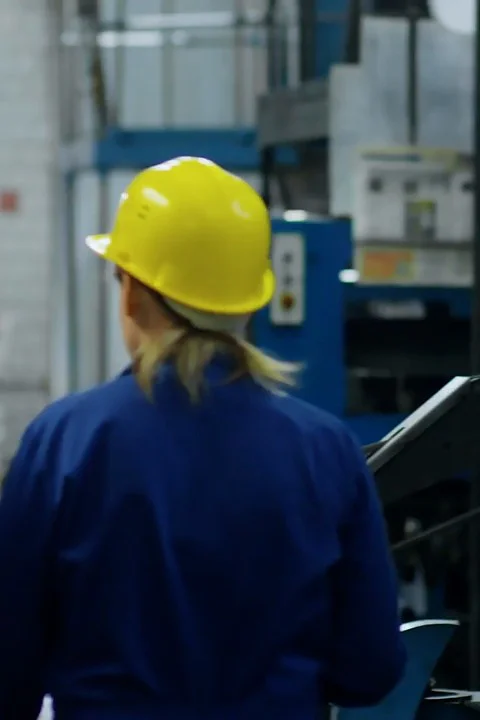The world’s resources are limited, and its ecosystem is fragile. That’s why the global push for sustainability is focusing attention on the need to protect our planet for future generations. At tesa, our innovators constantly rethink the way we make products and packaging to ensure sustainability is built into our portfolio. And we’re making strong progress.

Reduce emissions
Read more

